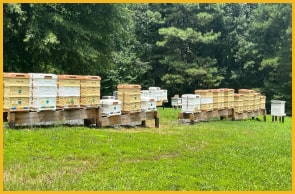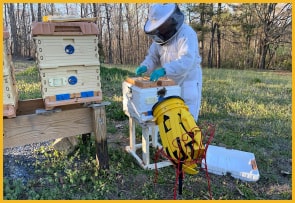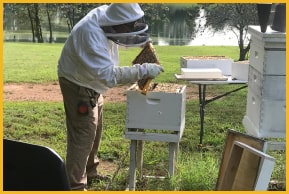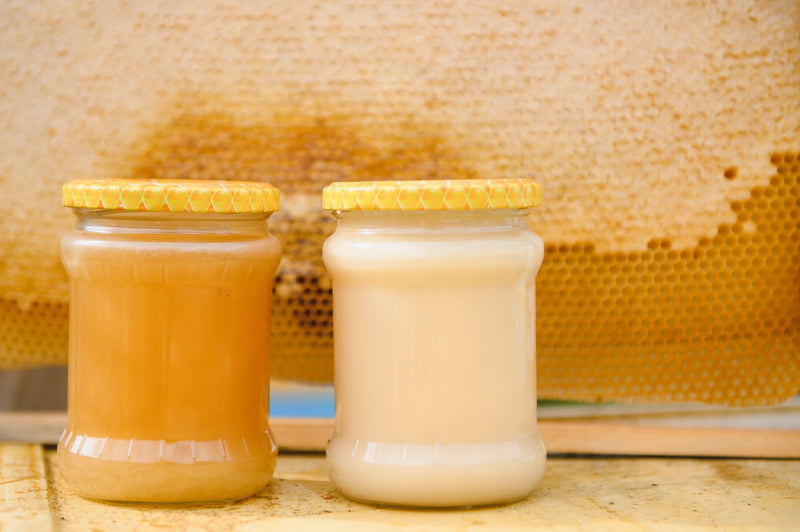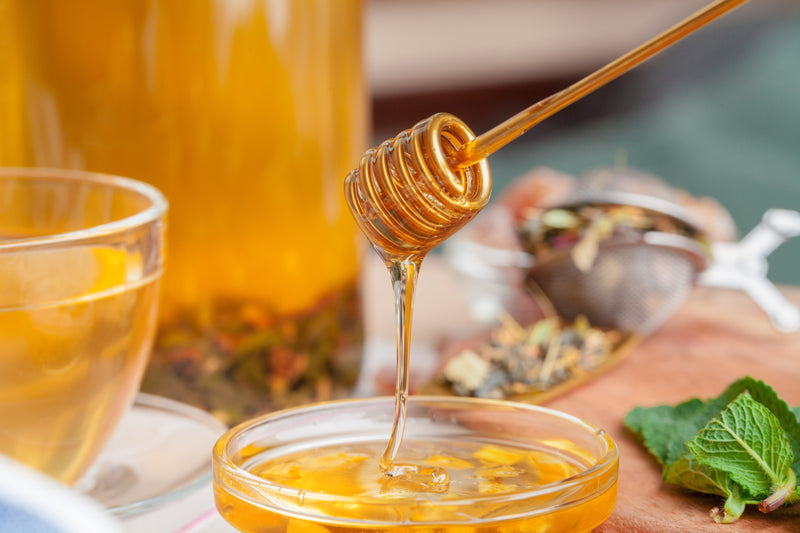Discover our pure natural honey and High-quality bee products. Sweeten your life with the best nature has to offer.
FAQ- Frequently Asked Questions
Natural honey is indeed beneficial for health. It is a rich source of antioxidants, enzymes, and nutrients that contribute to overall well-being. The antioxidants in honey help combat oxidative stress in the body, potentially reducing the risk of chronic diseases. Additionally, honey has antimicrobial properties that may aid in wound healing and soothing sore throats. It also serves as a natural energy booster due to its natural sugars, providing a quick and sustained energy release.
Organic honey comes from beekeepers who follow strict organic farming practices. This means the bees forage in areas free from synthetic pesticides, herbicides, and genetically modified crops. Organic beekeeping emphasizes the bees' natural environment and health, ensuring the honey produced is free from contaminants. Certification by recognized organic standards ensures consumers that the honey has been produced in accordance with strict guidelines, promoting both environmental sustainability and the well-being of the bees.
Yes, honey naturally contains sugars, primarily fructose and glucose. These natural sugars give honey its sweet taste. However, unlike refined sugars, honey also contains various beneficial compounds, including vitamins, minerals, and antioxidants. While individuals with diabetes should consume honey in moderation, its lower glycemic index compared to table sugar may make it a preferable option for some.
Natural honey is considered a healthy food choice when consumed in moderation. Its antioxidant properties can contribute to overall health, and it may have positive effects on heart health, digestion, and immune function. However, it's essential to be mindful of portion sizes due to its calorie content. Incorporating honey as part of a balanced diet can offer its health benefits without excessive calorie intake.
Natural honey has an impressive shelf life due to its low moisture content and acidic pH, which create an inhospitable environment for bacteria and microorganisms. When stored in a cool, dry place and kept in a sealed container, honey can last indefinitely. Over time, honey may crystallize, but this is a natural process that does not spoil the honey. To return crystallized honey to its liquid state, gently warm it in a water bath, avoiding excessive heat that could degrade its quality.




































































































